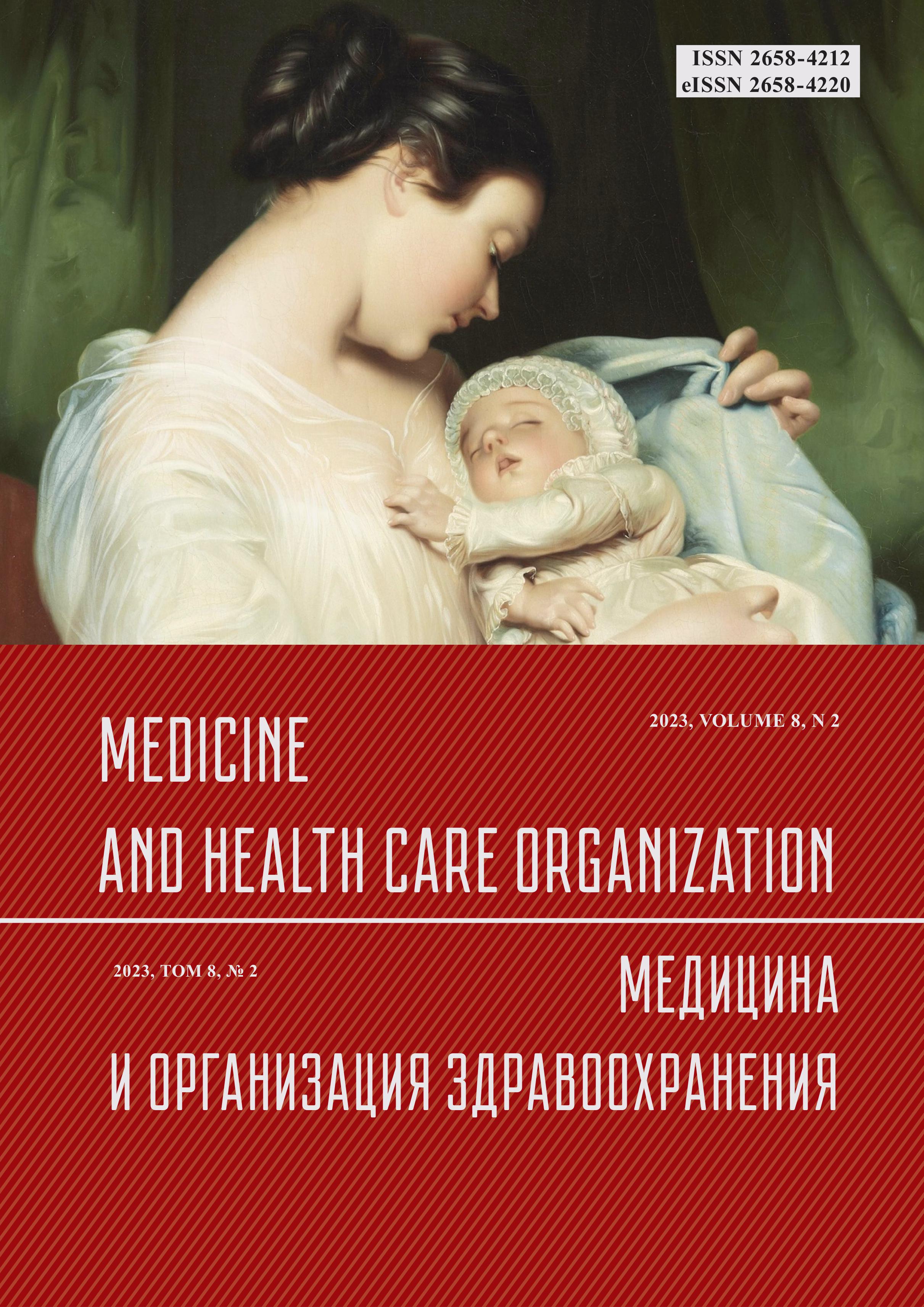OPTIMIZATION OF RADIATION PROTECTION OF CHILDREN DURING X-RAY EXAMINATION — EXISTING NATIONAL AND INTERNATIONAL APPROACHES
Abstract
The use of modern imaging modalities based on sources of ionizing radiation, is an essential part of system of medical care in pediatric practice. Fixed increase in availability and amount of X-ray imaging (radiography, computed tomography, interventional examinations, etc.) leads to corresponding increase in patient doses. To ensure the radiation safety of the population of the Russian Federation from medical sources of ionizing radiation, an integrated approach is applied using the basic principles of radiation safety — justification and optimization. One of the fundamental principles of radiation safety is the principle of optimization, which is reflected in all national legislative documents. Unfortunately, modern approaches to optimization of radiation protection of children are not sufficiently covered in these documents. The analysis of existing national and international regulatory documents has indicated significant differences in the implementation of optimization of radiation protection of children from X-ray examinations. In international practice, the optimization principle is widely used, based on the concept of diagnostic reference levels and quality assurance programs for X-ray examinations. The national legislative documents have been harmonized with the international documents (considering diagnostic reference levels, quality assurance programs, control of patient doses, etc.). However, they are hindered by incomplete development of practical methodology and lack of information about the specifics of radiation protection of children. In addition, current guidelines that define the quality assurance program do not cover all methods of X-ray examinations and do not contain any information about quality assurance programs for pediatric X-ray examinations. Therefore, the question of the need to improve the legal and regulatory framework in the field of radiation safety of children during X-ray examinations remains relevant.



